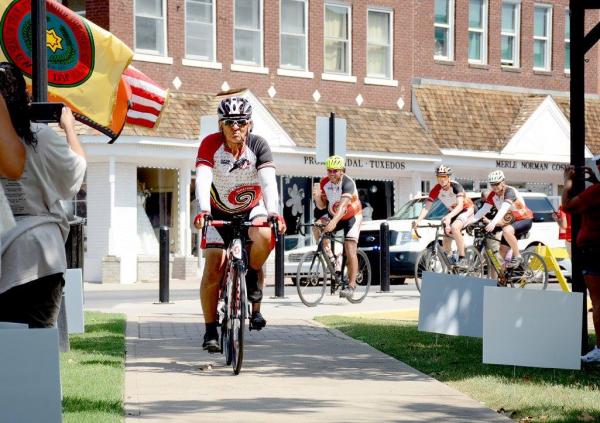
Courtesy aimag.com
The new Full Throttle Saloon’s plans call for construction of 400 cabins and RV hookups shown in the aerial photo at the base of Bear Butte.
The fight for the sacred grounds of Bear Butte has not gone well, and now the biggest asshole of biker assholes is planning on wholesale desecration. White people, so darn thoughtful and stuff.
Tribal leaders fear that Bear Butte, one of the seven traditional sacred sites of Northern Plains tribes in or near the Black Hills, is in serious danger of further moral and environmental degradation after a local planning board recommended that Meade County commissioners grant full approval for construction of the “world’s biggest biker bar” on a campground practically at the base of the butte.
Applying for the plot approval is Michael Ballard, whose original Full Throttle Saloon, east of Sturgis, was widely hyped to be the “World’s Largest Biker Bar.” He hopes this new Full Throttle Saloon will be even more successful than the original, which burned down last September. Ballard has obtained unanimous preliminary approval from the Meade County Planning Commission on April 18 and from the Meade County Commission on May 11.
Rosebud Sioux Tribe, President William Kindle, reached in his office Wednesday, said the tribe continues to explore every option to prevent further desecration around “Mato Paha,” and stood by his May 25 statement to the planning board, in which he said his tribe had “grave concerns because this would additionally impact an area that is already stressed by those outsiders who feel the need to develop additional adult entertainment/play spaces, which are located in close proximity to our place of prayer, Bear Butte.
“Not only would this bring additional people imbibing in alcohol, and obnoxious revelry near our sacred site, there would most likely be a serious impact to the water and the ecology of the area.” In addition to a new Full Throttle Saloon, Ballard’s plans call for construction of 400 cabins and additional RV hookups for an adjacent campground — to be named The Pappy Hoel Campground.






















